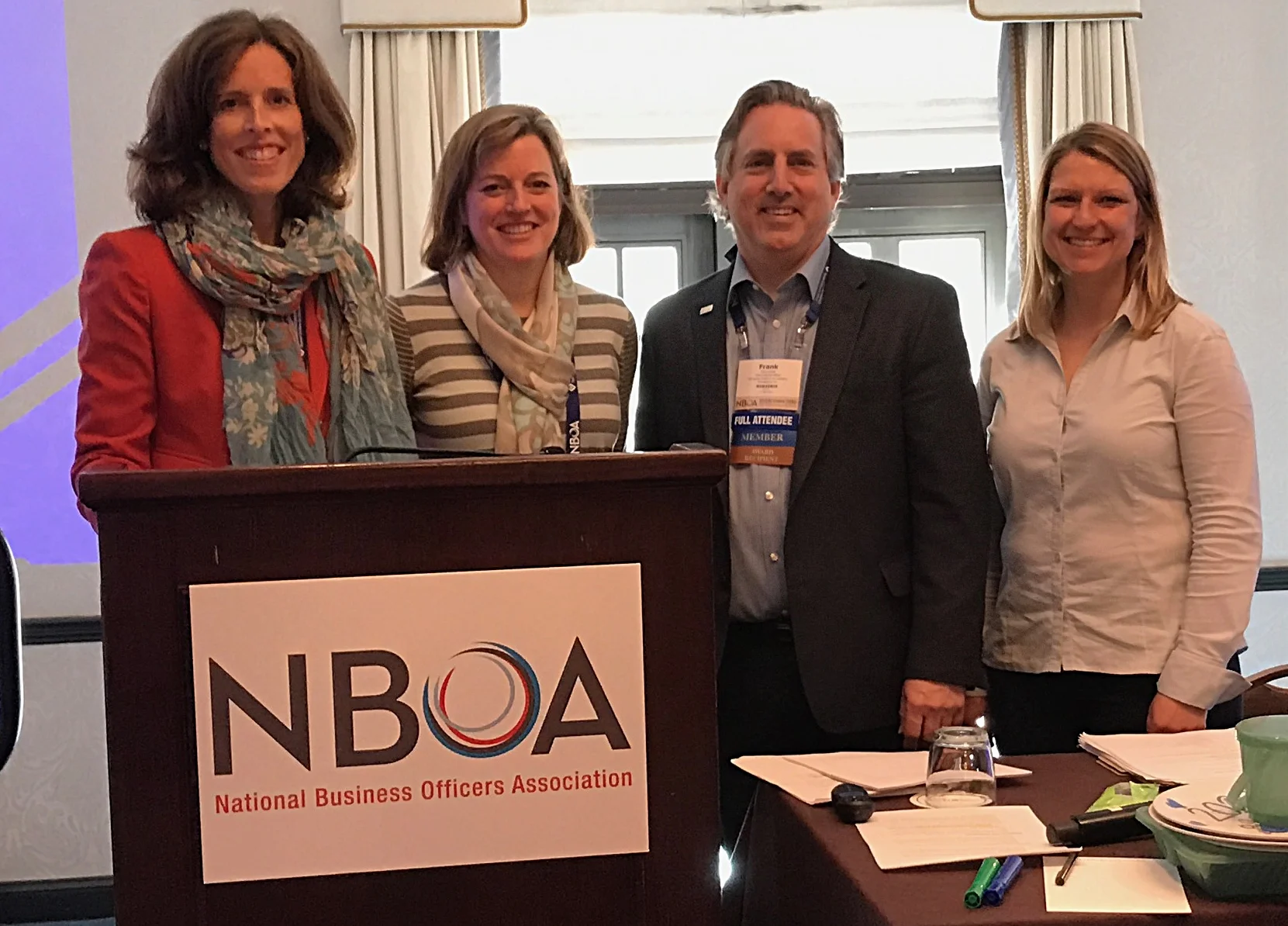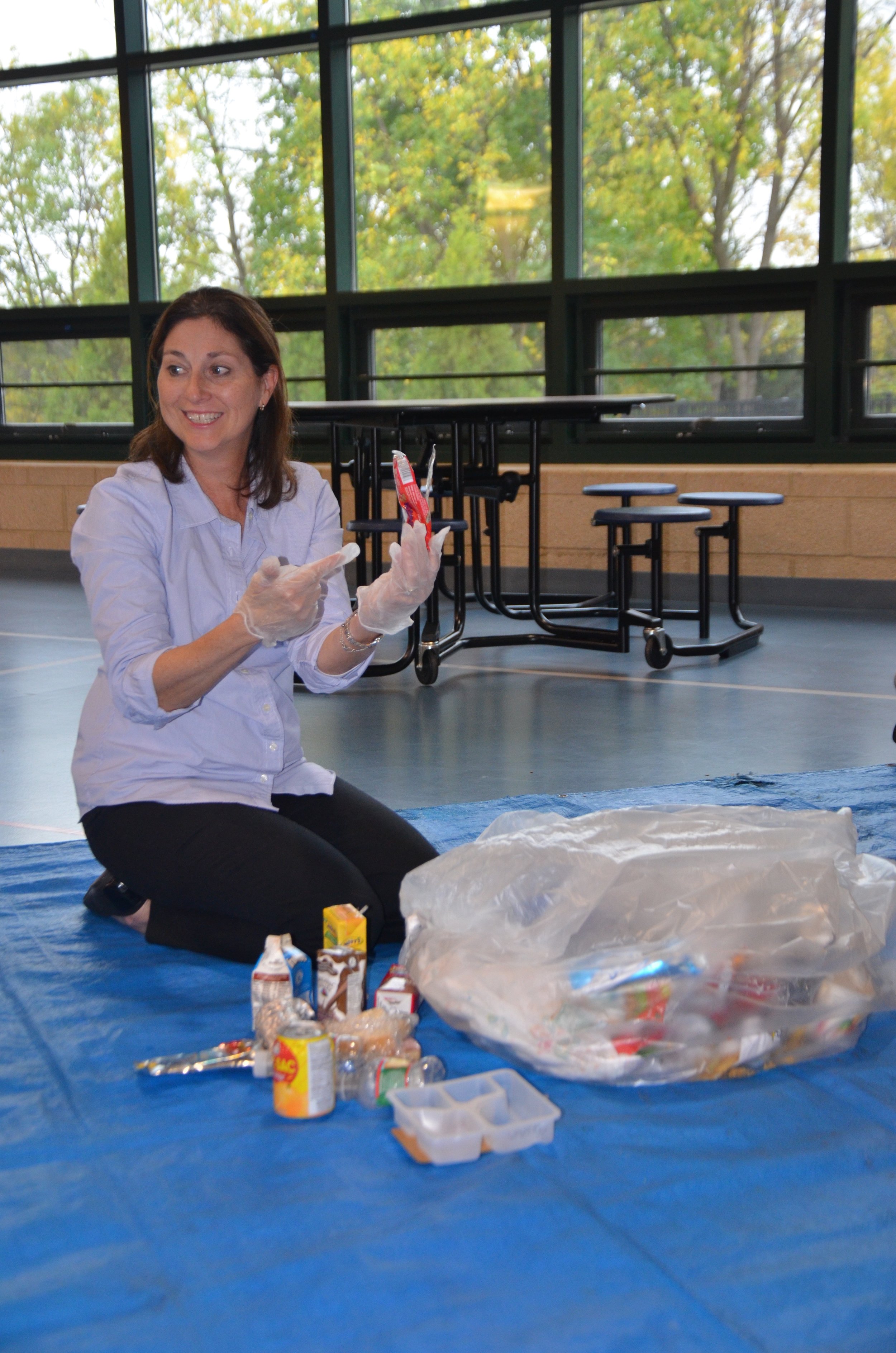William Cramp Community School's new playspace.
This spring, Boyer Sudduth worked with PA Green and Healthy Schools Partnership (PAGHSP) on a series of educational webinars and workshops for school administrators, teachers, and staff focused on efforts to “green” schools. On April 6, 2017, PAGHSP featured a webinar called “Transforming Schoolyard Habitats and Nature Play Spaces,” which can be viewed below.
In the webinar, Director of Interpret Green & Neighborhood Nature Works in Philadelphia, Craig Johnson, and Sr Policy Advisor for the MD Dept of Natural Resources, Sandi Olek, share their expertise on creating wildlife habitats and nature play spaces for schoolyards, playgrounds, and parks. Sandi shows examples of innovative play environments built from natural elements. Craig illustrates excellent examples on how schools can enhance outdoor playspaces by adopting guidelines from National Wildlife Federation to create innovative “learning landscapes.” These landscapes can include pollinator gardens, bird feeders and houses, bug magnifier posts, sundials, compass roses, naturecams, and weather stations for environmental education and free-play exploration. Here, children can study nature and enjoy recreation in the same location. Craig and Sandi also shared a list of kid-friendly nature tools for observing and recording critters.
According to Craig, nature habitats help playspaces come alive. Craig’s work with Philadelphia’s William Cramp Community School gives students direct and daily access to the wondrous web-of-life. Birds, butterflies, bees, beetles, bats, and a host of native plants provide endless opportunities for children to connect with nature and each other. Craig notes, “Within two days of installing the bird feeders, mourning doves, sparrows, and finches were singing in schoolyard.” Another teacher reflects, “I have been here for 20 years. This is the first time I have ever seen birds at this school. The students are so delighted.”
In competition with television, phones, and video games, “unplugged” outside time is critical to a child’s playtime and development now more than ever. The American Academy of Pediatrics recommends 60 minutes of unstructured free play as an essential part of children’s physical and mental health and social development. Click here for a link to the webinar.
A William Cramp student in the school's new garden.
Article submitted by Emily Tronson, a junior majoring in Ecology & Evolutionary Biology and English Literature at the University of Rochester who is currently interning at Boyer Sudduth Environmental Consultants.



















